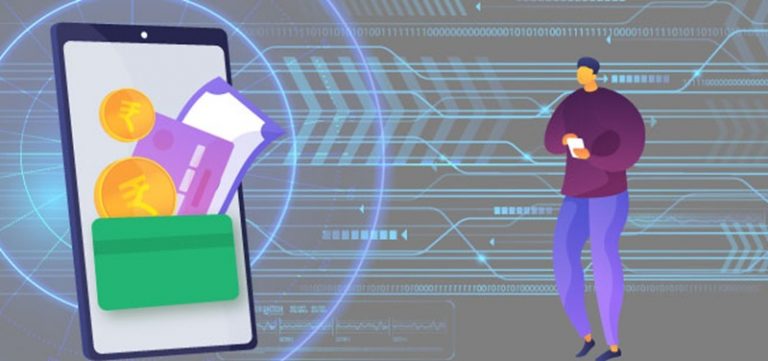
Digital credit has continued to surge in the past years, significantly transforming financial inclusion. Digital credit generally refers to small and short-term loans that can be accessed instantly, automatically, and remotely, offering borrowers access to funds without a formal credit history.
This form of credit has revolutionized financial access in low and middle-income countries (LMICs), such as Côte d’Ivoire, Ghana, Nigeria, and Kenya, amongst others.
In regions like Sub-Saharan Africa, where only 48% of adults have bank accounts, digital credit platforms like Kenya’s M-Pesa, provide loans to individuals excluded from traditional banking. Many previously unbanked individuals have quick access to credit. This has enabled individuals and small businesses to manage daily expenses and cope with emergencies.
Register for Tekedia Mini-MBA edition 19 (Feb 9 – May 2, 2026): big discounts for early bird.
Tekedia AI in Business Masterclass opens registrations.
Join Tekedia Capital Syndicate and co-invest in great global startups.
Register for Tekedia AI Lab: From Technical Design to Deployment (next edition begins Jan 24 2026).
M-Pesa’s digital credit products like M-Shwari, and Fuliza have disbursed billions of dollars in loans since 2012, with millions of users accessing credit for daily needs. In India, fintechs like Paytm and PhonePe offer instant microloans, providing credit access for millions.
Borrowers experienced with digital credit have reported greater financial confidence, as many have maintained their savings while dealing with both planned and unexpected expenses. The rapid growth of digital credit shows its potential to significantly boost financial inclusion, when provided responsibly.
However, while the enormous demand for digital credit shows that millions of consumers need sources of easy liquidity, and though financial access is viewed as a crucial component of economic development, easy access to digital credit presents several risks. Consumers are often drawn to apply for multiple, easy-to-access loans from various providers, facing hidden fees and high interest rates that can compound their financial burdens.
Many consumers are not aware of the loan terms and many end up repaying late, thus incurring fees or defaulting which affects their future ability to borrow. High rates of default in some countries, such as Kenya (86%) and Tanzania (70%), as reported in the GSMA 2024 report, have led to a rise in over-indebtedness.
Notably, aggressive marketing tactics used by lenders and a lack of transparency have worsened these risks, leading many borrowers to accumulate debts. Without proper safeguards, digital credit can push vulnerable consumers into financial instability rather than lifting them out.
Across the globe, Mobile Money providers are increasingly aware of the risks of over-indebtedness and are being proactive in mitigating the impacts. Some regulators have adopted a proactive stance on championing financial literacy. Pakistan is reported to have seen remarkable progress, with nationwide financial literacy camps offered by the State Bank of Pakistan during Financial Literacy Week in March 2024.
Also, in October 2024, the Central Bank of Nigeria announced its intention to add financial literacy to school curricula, with a focus on the importance of earning, saving, and investing from an early age. Collectively, these initiatives are important steps towards tackling the growing issue of over-indebtedness in emerging markets. They focus on educating customers about responsible financial behavior and closely involve regulators to ensure proper consumer protection.
By creating a responsible lending environment, mobile money services are contributing to more sustainable financial inclusion even in underserved areas. While concerns about over-indebtedness may persist, a pragmatic, data-driven approach to digital credit is essential. However, the benefits of financial inclusion via responsible digital credit outweigh the risks of over-indebtedness, so smart regulation should be balanced with consumer protection.
However, a major regulatory gap for MMPs is the lack of open data policies. This can lead to data asymmetry, making it impossible to assess the creditworthiness of a customer who does not have a history with a specific MMP. Even in countries with strong credit reference agencies, obtaining information quickly and in full can be challenging.
Conclusion
Digital credit has continued to revolutionize financial access in LMICs by providing rapid, inclusive, and flexible lending solutions to millions previously excluded from formal financial systems. It supports economic empowerment, resilience, and entrepreneurship but requires careful regulation to mitigate risks like over-indebtedness and privacy violations.
With ongoing innovations and stronger consumer protections, digital credit can further bridge the financial inclusion gap, driving sustainable development in LMICs.



